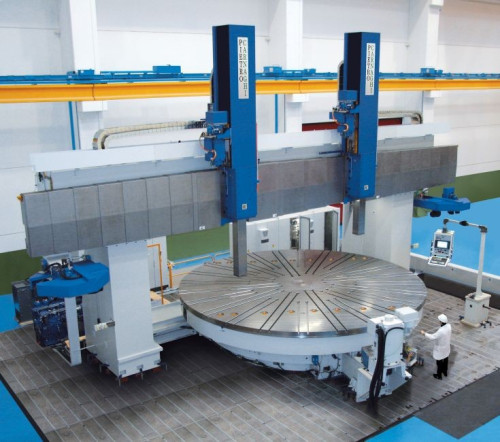The way to make a machine tool accurate /precise to the highest degree is to make it rigid, which implies weight and metal where it will do most good.
MANY years ago, in Shrewsbury there was a company making Boring Mills. The slideways were coated with Formica, which apparently when oiled resulted in a very low coefficient of friction.
Needed for a machine that was assembled in a hole in the ground large enough to swallow a house, but containing only the lower half of the machine.
My current lathe weighs 300Kg and replaced a ML7 which did flex, when used for milling..
No doubt this one does, but under a much great load than I have ever applied.
Used sensibly, a 7 Series Myford will do excellent work, but overload it at your peril if you want long life and consistently precise output.
As we regularly say, "Horses for Courses"
It might well be that a new belt, if it has a fat joint, will increase tension sufficiently to change bearing clearances temporarily and result in run out.
And single phase motors are not renowned for producing a consistent angular speed..
If it could be incorporated into the drive, maybe a hefty flywheel would provide some inprovement?
Howard
Kiwi Bloke.






